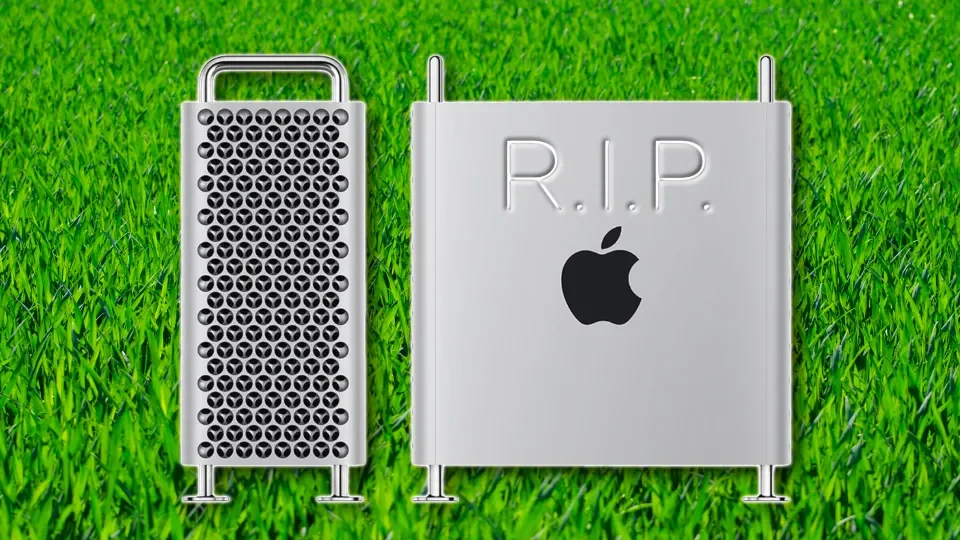Apple’s Mac Pro has long stood as the company’s ultimate powerhouse computer—a modular, high-performance machine built for film editors, 3D animators, developers, and other professionals who need the absolute best hardware Apple can offer. But despite years of anticipation surrounding the next-generation model, recent developments suggest that a new Mac Pro may not arrive for quite some time. In fact, all signs indicate that Apple is slowing down, or even pausing, its efforts on the product altogether.
This shift marks a significant change in Apple’s strategy for its professional desktop lineup. For decades, the Mac Pro embodied Apple’s commitment to raw performance and customization. But the transition to Apple Silicon, changing market dynamics, and the rise of the Mac Studio have all contributed to the Mac Pro’s uncertain future.
A Product with a Shrinking Audience
Part of the reason the Mac Pro may not be coming soon is simple: its audience has never been large. Even at the peak of its popularity, the Mac Pro appealed to a niche group of professionals whose workflows demanded maximum computing power, vast memory, and highly customizable setups. As Apple Silicon Macs have grown exponentially more powerful, many users who once needed a Mac Pro now find they can get the performance they need from smaller, less expensive machines.
The Mac Studio, in particular, has dramatically changed the landscape. Since its introduction, the Studio has become the go-to desktop for many professionals. It offers performance that rivals or even matches the Mac Pro in many tasks, but at a much lower price and in a far more compact form factor. For businesses, studios, and individual creators, the value proposition is hard to ignore. With the Mac Studio filling the needs of most pro-level users, Apple may see little reason to rush out another Mac Pro.
Apple Silicon’s Changing Design Philosophy
Another factor slowing down the Mac Pro’s evolution is Apple Silicon itself. Apple’s custom chips prioritize efficiency and unified memory. This unified architecture offers incredible speed and power efficiency, but it also poses challenges for systems that rely on modularity and expandability—the very qualities that defined the Mac Pro.
The previous models of the Mac Pro allowed users to upgrade RAM, graphics cards, and storage on their own. However, Apple Silicon systems integrate many of these components directly into the chip. As a result, the flexibility that once distinguished the Mac Pro is harder to maintain in a world where Apple’s performance improvements come from tightly integrated designs.
Apple has attempted to preserve some modular capabilities in its Apple Silicon Mac Pros, but with limited success. Traditional GPU upgrades, for example, are no longer possible. Professional users who depend on swappable components may feel that the modern Mac Pro no longer delivers the customizability they once relied on. This mismatch between expectations and Apple Silicon’s design philosophy makes the Mac Pro harder to justify as a priority product.
Manufacturing Complexity and Costs
The Mac Pro has always been an expensive and complex machine to manufacture. The intricate chassis, high-end components, and low production volume make it one of Apple’s costliest products to produce. When combined with a relatively small customer base, Apple has limited incentive to frequently update the device.
Furthermore, the most powerful versions of Apple’s chips—such as the “Ultra” variants—require sophisticated engineering and expensive materials. Producing even more powerful chip versions for a future Mac Pro would require substantial investment, and Apple must weigh whether the end result would attract enough buyers to make the effort worthwhile.
This economic reality becomes more apparent when considering that many professionals now achieve excellent performance from the Mac Studio or high-end MacBook Pro models. These machines are easier to produce at scale and appeal to broader audiences. When Apple can sell dramatically more units of a Mac Studio or MacBook Pro with far less complexity, the argument for pushing ahead with a new Mac Pro becomes less compelling.
A Product Waiting on Future Technology
It’s also possible that Apple simply does not yet have the silicon technology needed to justify a truly next-generation Mac Pro. While Apple continues to refine its chip lineup, the company may be waiting for a future generation—one with enough performance and capability leaps to warrant a new version of the Pro tower.
Apple is unlikely to release a new Mac Pro unless it offers a clear and meaningful advantage over the Mac Studio. If the performance gains are marginal or the architecture too restrictive, Apple risks disappointing its most demanding customers and weakening the Mac Pro brand. Waiting until its chip roadmap can support the next big leap may be the most strategic option.

The Future of Apple’s Pro Desktop Lineup
Even if a new Mac Pro does arrive one day, indications suggest it will not be any time soon. Apple seems to be focusing on refining its more popular products—MacBooks, iMacs, and the Mac Studio—while reserving the Mac Pro for a long-term strategic moment rather than an annual or even biannual update.
For now, professionals looking for top-tier performance may need to rely on the Mac Studio as the flagship of Apple’s desktop lineup. While it lacks the traditional modularity of the Mac Pro, it delivers immense performance in a small package and aligns better with Apple Silicon’s strengths.
In the end, the Mac Pro is not dead—but it is clearly not a priority. Apple appears content to let the machine evolve slowly, if at all, until the company can deliver something that truly pushes the boundaries once again. Until then, anyone waiting for a new Mac Pro will need patience, because the next model may be farther away than ever.













